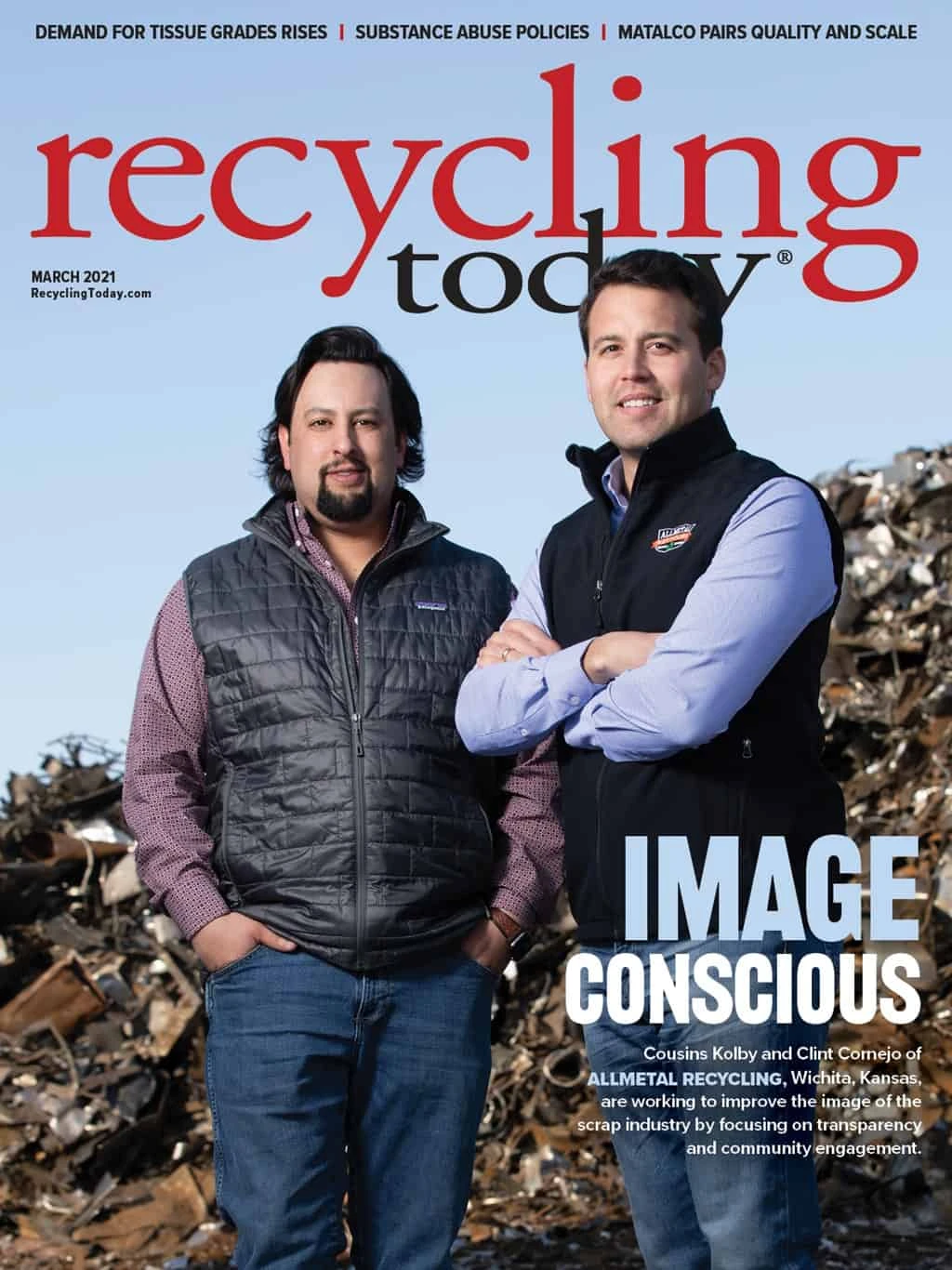

Waste and recycling companies face a number of challenges related to employee recruitment and retention, but one of the most important considerations for cultivating a healthy and productive workforce involves identifying and addressing potential substance abuse issues before they become problems.
With this challenge in mind, the Solid Waste Association of North America (SWANA), Silver Spring, Maryland, hosted a webinar in late 2020 titled, “Controlling Drugs and Alcohol in the Workplace: Employer Liabilities and Solutions Program.” Speakers included Mark Lies, a partner at Chicago-based Seyfarth Shaw LLP, and Adam Young, an associate at the firm.
Seyfarth Shaw LLP provides advisory, litigation and transactional legal services through its network of 900 lawyers across 16 offices. Its areas of expertise include background checks, drug testing and other facets of employment law.
Legalization ramifications
Among the central challenges for employers concerned about employee drug use is keeping up with shifting legislation. As more states move toward legalization and decriminalization of cannabis, a growing number of businesses are being forced to rethink their policies because of the escalation in positive drug tests.
“It’s now up to 15 states, and because California is so populous, 110 million Americans now live in a state where recreational marijuana is lawful,” Young said during the webinar. “That doesn’t include all the states where CBD (cannabidiol) products, or low-THC (tetrahydrocannabinol) products [have been made lawful]. … In the short term, because these laws haven’t been around for too long, it seems to result in more employment-related impairments or more employment-related positive drug tests.”
Lies said some primary workplace problems caused by employees abusing drugs and alcohol include injuries and accidents to the offender, other employees and members of the public; lack of performance or poor output that can increase the workload of others; theft; increased liability to the company; and a greater potential for workplace violence.
“You’re 70 percent more likely to have a car accident, and you’re 65 percent more likely to have a heavy-equipment accident if you’re impaired at any level by illegal drugs.” – Adam Young of Seyfarth Shaw LLP
These consequences are especially concerning in light of the number of Americans suffering from drug and alcohol addiction. Young noted that 15.1 million Americans suffer from alcohol addiction (including 1 in 13 working adults), 7 million have an addiction to cannabis, and 4.8 million have an addiction to opioids.
Specific to the waste sector, on-the-job impairment can have stark ramifications. This is especially true for those who operate equipment or machinery that could be dangerous while under the influence.
“You’re 70 percent more likely to have a car accident, and you’re 65 percent more likely to have a heavy-equipment accident if you’re impaired at any level by illegal drugs,” Young said.
Implementing testing
Young said the National Safety Council, Itasca, Illinois, recommends a zero-tolerance policy for employees working in safety-sensitive positions.
One best practice to weed out employees who might have substance abuse issues is to mandate a pre-employment drug test—especially for those in these safety-sensitive positions, Lies said. He added that, generally, conducting these tests is lawful in most states.
Specific to alcohol, Lies said pre-employment tests usually are allowed only for conditional offers of employment because alcohol is otherwise legal.
In addition to pre-employment testing, reasonable-cause testing can help identify those individuals who might be impaired on the job based on appearance, behavior, speech or bodily odors. Lies said, “This requires training of your supervisors about behavior, about inability to communicate well, slurred speech, physical reactions or lack of coordination or odors so that you may have a basis to say, ‘I want you to be tested because there is objective evidence.’”
For reasonable-cause testing, he advocated having two supervisors involved to corroborate objective cause for the test.
While pre-employment and reasonable-cause testing require the employer’s discretion to determine merit, Young said post-accident testing is more a matter of proper due diligence that can be enforced.
He added that this kind of testing is most important for identifying the cause of accidents and injuries and absolving individuals in the case of no impairment. These tests generally are acceptable from state to state, especially when the employer has a reasonable suspicion.
Lies said other forms of testing, such as random and return-to-duty testing, often are acceptable if they’re done in a nondiscriminatory way that doesn’t single out specific individuals or subsets of employees.
Summarizing the importance of testing, Young said 30 to 40 percent of Occupational Safety and Health Administration-related cases with fatalities he’s worked on have involved individuals found to have drugs or alcohol in their systems.
This statistic helps support “near miss” testing, which is when an accident occurs, but no employee injury resulted though could have. Issuing tests in such incidences can help spot potential substance abuse before it results in injury or death, he said.
Taking action
Lies and Young contended that employers can discharge and discipline employees for violating company rules or for misconduct relative to drug-related behaviors.
They added that courts routinely uphold that employees cannot blame work misconduct on alcoholism or drug addiction.
Although it is difficult to make blanket statements regarding how individual employers are allowed to enforce drug and alcohol policies because of differences in state laws, Lies and Young noted that employers generally are empowered to implement policies against substance use by relying on federal illegality, especially when the case involves federal contractors and those with safety-sensitive positions.
Specific laws protecting employers include the Controlled Substances Act, which makes marijuana illegal and preempts state medical marijuana laws; the Drug-Free Workplace Act, which applies to federal contractors and requires drug-free workplaces; and the Americans with Disabilities Act, which does not protect individuals “currently engaging in the illegal use of drugs.”
Conversely, employers should be aware of actions that are not protected under law, such as discriminating against a person when he or she has been rehabilitated and is not currently using drugs; discriminating against employees for attending Alcoholics Anonymous or Narcotics Anonymous (or similar) meetings; or holding recovering addicts to a higher standard of performance or attendance than other employees.
While it is incumbent on employers to understand the laws governing their businesses, waste and recycling companies should have comprehensive policies and guidelines to govern drug and alcohol use, they said. Failure to do so can invite injury, fines and other legal action.
Get curated news on YOUR industry.
Enter your email to receive our newsletters.

Explore the March 2021 Issue
Check out more from this issue and find your next story to read.
Latest from Recycling Today
- Metso launches electric Anode Weighing and Casting Machine
- Circular by Shapiro releases "5 for Five" sustainability series
- Graphic Packaging set to close Ohio CRB facility
- Ameripen voices support for Maryland EPR bill
- Maryland county expands curbside recycling to include electronics
- California EPS ban will be enforced
- YKK AP America introduces BetterBillet
- Fresh Perspective: Cameron Keefe






